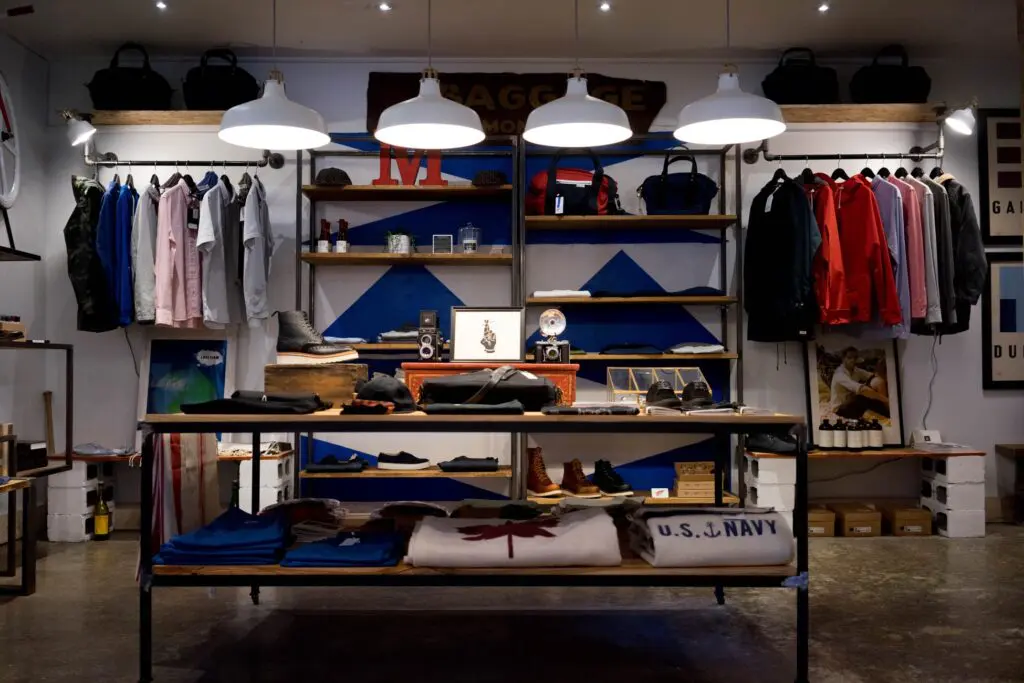The current issue with container shortages has impacted companies since the start of the pandemic—the lead times for purchase orders have increased dramatically and further delayed shipping times for customers’ orders. As a result, businesses have felt the influence of this crisis on their sales, margin, and customer relationships. While this shortage has been consistent for more than a year now, the delays remain a reoccurring challenge. Deutsche Welle (DW) confirms, “it’s been difficult to maintain the global timetables that regulate intercontinental shipping, as the COVID-19 pandemic, which began in early 2020, has continued to fundamentally disrupt global trade.”
Rise of the Crisis
While the shortage began at the start of the pandemic, the domino effect of shortages and lack of laborers has resulted in delays down the line of the supply chain. UNCTAD reports that the container shortage is “a reflection of a slowdown in and delays across the maritime supply chain due to strains caused by the pandemic, such as port labour shortages, port congestions (also due to blank sailings) and capacity constraints in truck and other inland transport systems due, for example, to delays in undergoing necessary testing or delays by factories in returning containers (UNCTAD, 2020a).”
The Response to the Shortage
Because shortages have become such a challenge, businesses have attempted to keep their warehouses fully stocked. DW continues to point out that “big businesses and traders have been stocking up their warehouses again. Fleets could not grow fast enough to keep abreast of increased demand for container shipping.” This means businesses are over-purchasing to avoid stockout, and the increased demand has put additional pressure on the current shortage.
For businesses, over-purchasing is problematic for their investment plans in the long run since it costs more to host excess inventory, which may not necessarily sell at the rate at which they plan, risking the margin potential. The demand projection is generated based on the lack of container availability and delayed timing rather than a calculated sales forecast.
The Response to the Shortage
The Influence of Customers’ Purchasing Behavior
While delays have made it difficult to calculate the timing of shipments, the cost of shipping has also increased with the shortage of containers available. New York Times reports that the shift in Americans’ shopping habits “put enormous pressure on factories in China to produce these goods and ship them across the Pacific in containers. But the demand for shipping outstripped the availability of containers in Asia, yielding shortages that resulted in higher shipping costs.” While delays are at the core of the crisis, the increased shift in online purchasing due to the pandemic has contributed to the shortage. It has made it difficult for businesses to keep up with their demand and availability of products.
Can Businesses Expect a Timeline?
As we advance, companies shouldn’t expect to see much improvement in the availability of containers and shipping times any time soon. UNCTAD states, “Given current trends, several months will likely pass before this disruption can be absorbed across the maritime supply chain and before the system resumes smoother operations.” However, while an end to this shortage is far from the near future, businesses can still attempt to take alternative action to help the issue in some way. But understanding where they can take action is another difficulty without making any significant changes to their current plan.
Even with thorough planning, managers are unable to estimate a reasonable timeline to receive orders from suppliers overseas. In the meantime, buying more containers doesn’t necessarily solve the problem, nor does it help with delayed shipping. The Wall Street Journal confirms, “Other shipping experts noted that cranking out new boxes only offers temporary relief, as the rest of the shipping industry has to have the vessels and port capacity to handle them.”
How Can Companies Overcome the Crisis and Potential Challenges in the Future?
While a shortage such as this one has dramatically impacted businesses globally, new strategies are on the horizon to combat the issue and restore losses. However, companies can’t just overcome this kind of challenge and move forward. It’s more about being able to handle any case once they arise.
Businesses can greatly benefit from Demand Planning software for the reason that it considers different contexts and factors such as calendar events and unexpected anomalies, which can happen at any time, just like the container shortage. By developing a more accurate timeline, companies can plan more effectively, even with delays and deficiencies in mind.
Purchase orders can include what’s actually needed instead of overstocking in fear of another delayed shipment in the future. Overspending on overstock only leads to wasted inventory and hosting products in limited space without certainty of the sales forecast. Planning the purchase order with the delays in mind can keep plans intact to have a better idea of when you should expect your orders to arrive from international suppliers.
Implementing AI-powered software would change the approach to demand planning so that businesses generate purchase orders at the right time to avoid minor or severe delays and reduce investment costs. This is helpful even once the influence of the pandemic begins to settle, and companies will always be prepared for the next unexpected, or planned, events going forward.






